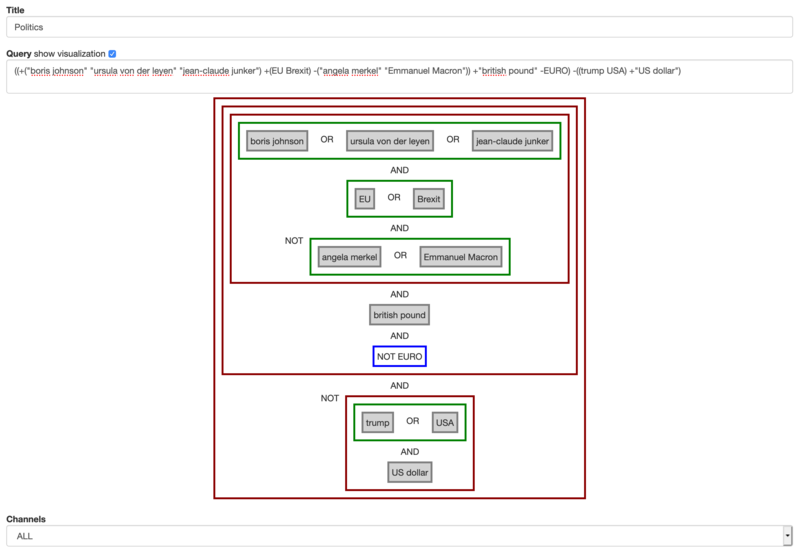
A short historical digression to begin with: We owe the so-called Boolean search to a clever fellow named George Boole, who was already busy with algebra in the early 19th century. With his scientific achievements, he is considered the cofounder of information science.
The Boolean search uses, among other things, the operators plus and minus to indicate whether or not elements are contained in a set – or terms in a search, which brings us closer to the area of application: Boolean can be used in search engines like Google, in some social platforms such as Twitter and is particularly important in media monitoring.
Because in contrast to some search engines, the sole aim of media monitoring is not obtaining as many results as possible. It is essential to detect as many accurate results as possible and to be able to delineate the information thereby. This makes it absolutely advisable to use a media monitoring tool such as the SaaS by eMM, which uses Boolean search.
To keep it short: in all. In some cases Boolean operators are not absolutely necessary, but they always make sense, for example:
The agency Flash wants to keep track of all the broadcasted information of its customer Pink Flamingo. If the agency now only enters the company name in the search bar, the following will happen: The results will include all posts in which the words “Pink” or “Flamingo” occur. Simply filtering out all the results who do not deal with a hue or bird species would be a monster task.
Using the Boolean operators, the content can be filtered as follows: Using +Pink +Flamingo ensures that only results in which both terms occur are displayed. If you put the company name in quotation marks „Pink Flamingo“, you will narrow down to posts that contain the search term in exactly this order. We’re getting closer!
If Flash wants to be sure not to get any animal broadcast clips, terms such as „animal“, „bird“ or „nature“ can be excluded by inserting minus. The search “Pink Flamingo“ -(Bird Animal Nature) would show exactly that.
Good to know: Distance between two words is basically understood as “or” as long as no operators are used.
Two good news: The Boolean search is easy to learn and clear to see with our query visualization. Should you still be at odds with the operators, we will gladly assist you in setting up your search profiles or take care of it for you.

For all media monitoring nerds or those who want to become one, we have visualized a query of the more complicated nature. So if we want to see all the posts that contain Boris Johnson, Ursula von der Leyen or Jean-Claude Junker and EU or Brexit at the same time, but not Angela Merkel or Emmanuel Macron, only British Pounds and not Euro, but have nothing to do with Trump or the US and US-Dollar it would look like this:

As you can see, the Boolean search is a simple but powerful tool that delivers just the results you really need. Customers worldwide rely on the eMM online monitoring tool, which uses exactly this technology. Try it yourself, our team is looking forward to your inquiry.